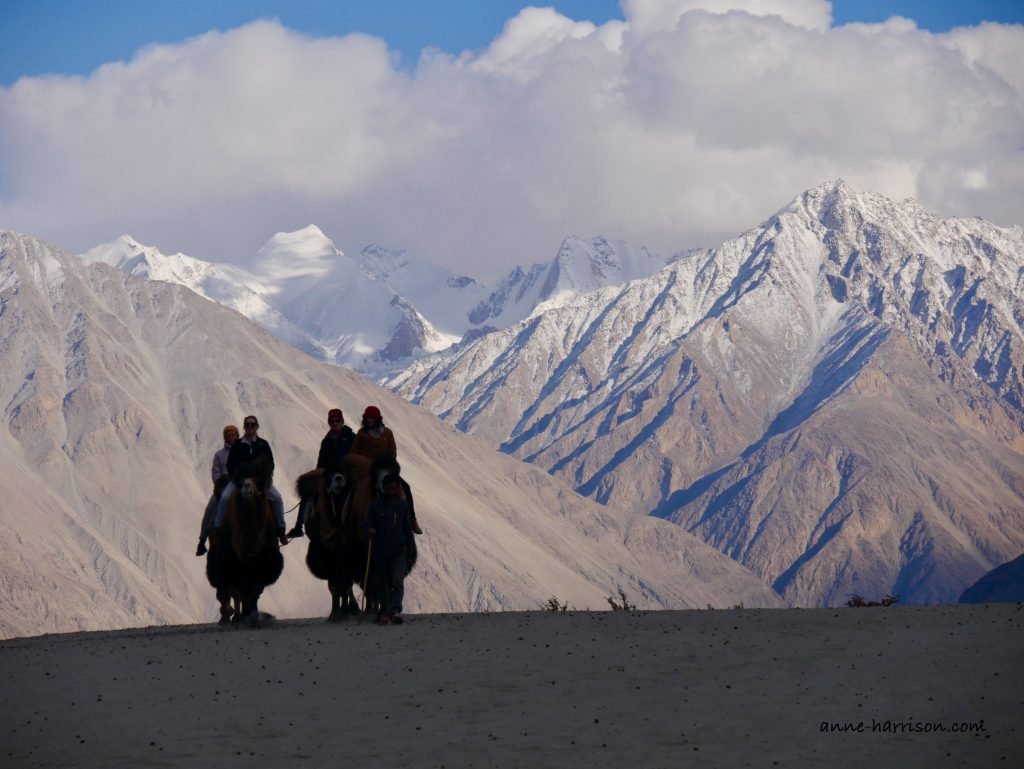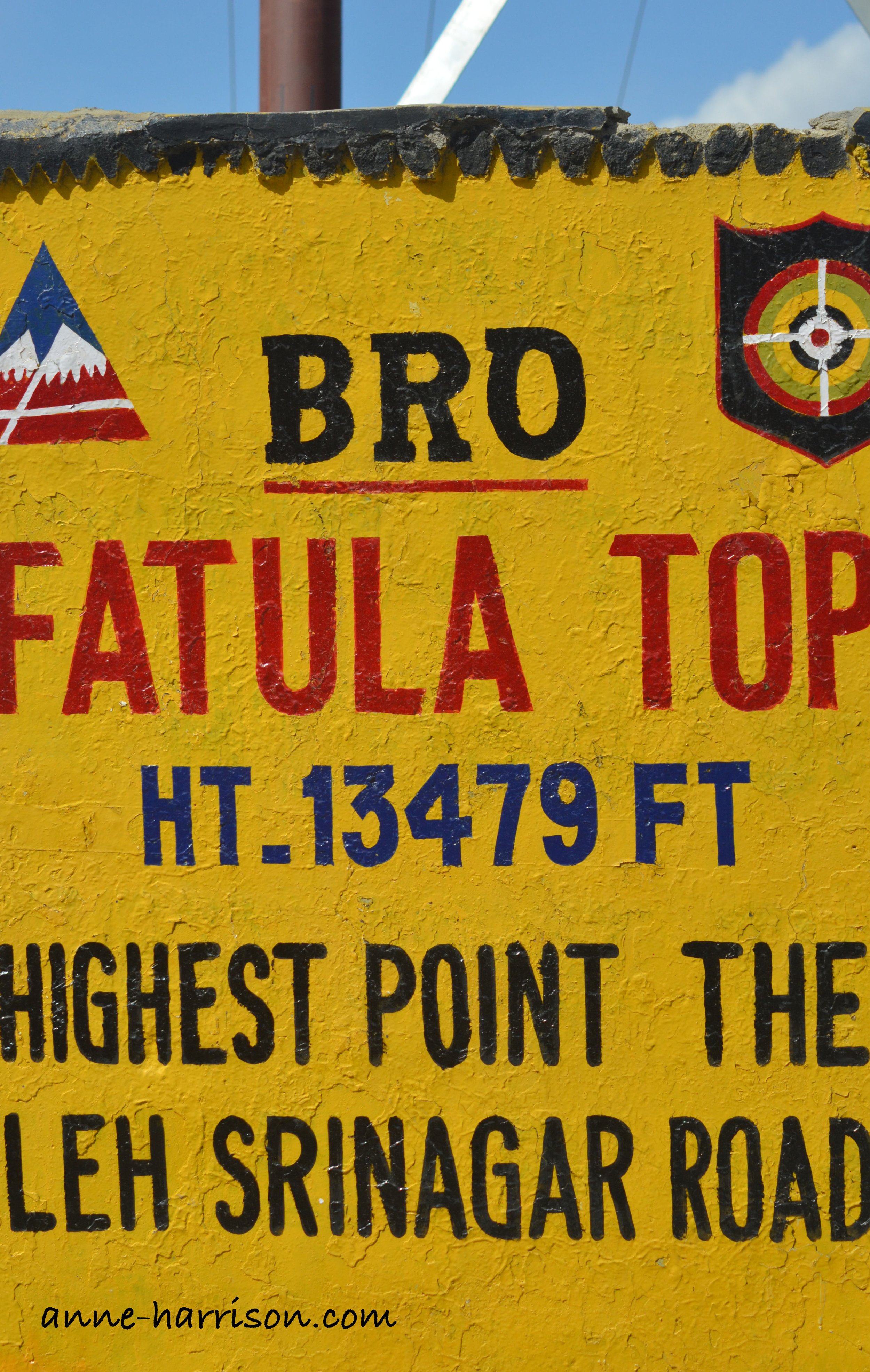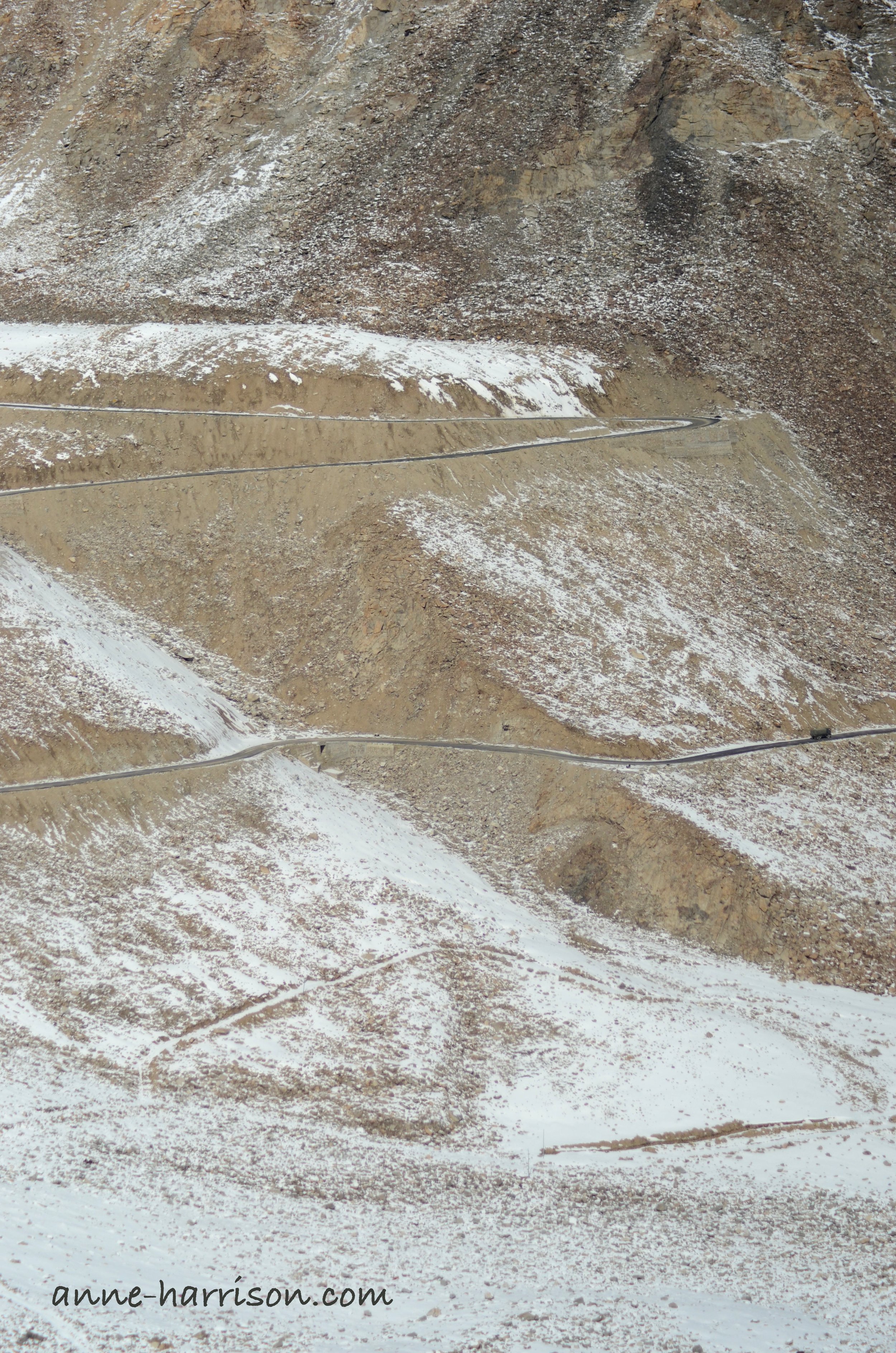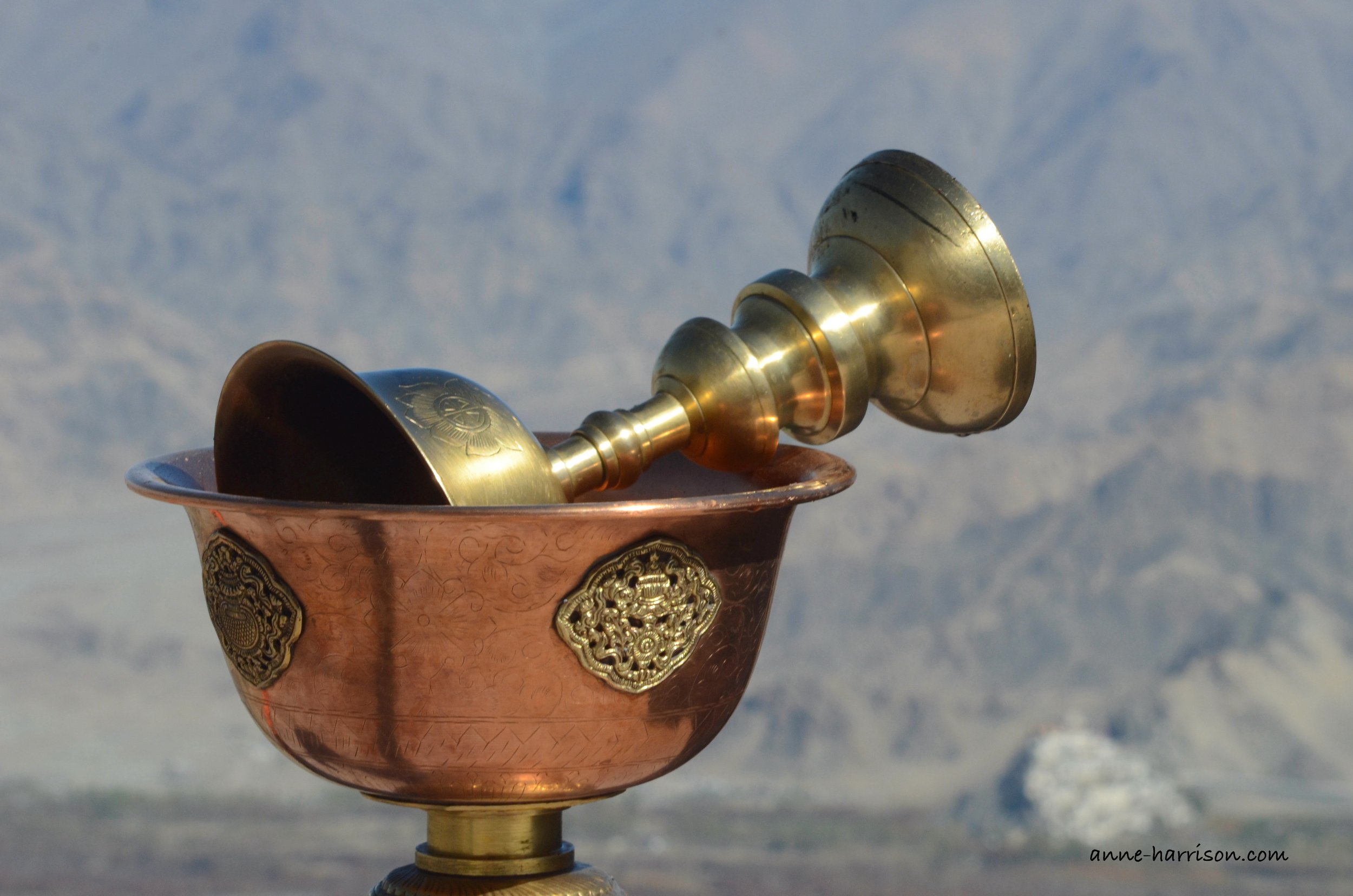Camels Along the Silk Road
Once upon a time, when the world was still filled with myth and fairytales, traders and hardy travellers made their way along the fabled Silk Route. Sometimes they ventured by foot, at other times by horse or donkey, but it was the double-humped camel who proved the most hardy adventurer of all.
With time, however, villages became towns, place became countries, and countries grew into nations. Borders were closed, wars declared, safer and quicker routes were travelled, and many thought the camels forgotten…
How could you possibly not love this face? These camels have the sweetest of expressions, made the more gorgeous with their double row of long eye-lashes. Unlike the feral dromedaries in Australia, (which are actually exported to Saudi Arabia, where they are prized for their pure blood lines) these camels are shorter in stature, and have a heavy coat to help with the winters. Most important of all: they didn’t spit. At least not at me.
Inhabited sine Neolithic times, the word Ladakh is derived from the Tibetan word for ‘land of the high passes’. An apt name, since the Kahdung Pass connecting Leh (the main town) to Hundra reached some 18,000 feet, the height of Everest Base Camp. This is the highest motorable road in the world, and the hairpin bends along the mountain while passing army trucks were impressive, as was the view. An amazing drive, but I was glad to reach the end safely. (Did I mention the cold?)
The vehicle on the left is an army truck, which gives some sense of the size of these mountains © A. Harrison
Semi-autonomous since partition in 1947, the area of Ladakh, in northern India, is becoming increasingly under Indian control. It borders Tibet (and hence China), Pakistan (at times in my travel the disputed border was only some 10km away) and Afghanistan. It is a land both beautiful and rugged.
I have to admit, the camels were unexpected. I’ve always associated them with sands and deserts — yet in many ways, this area was a desert. Rain-bearing clouds from the south are blocked by the Himalayas, and although the streams are fed by melting snow, a year may pass without rainfall. I’ve always been wary of animal tourism, yet these animals were well fed and, while we were with them, not mishandled. They proved incredibly gentle, and mine (which I christened Caramello) loved cuddles.
Riding one meant sitting on some rugs between the two humps, with nothing to hold on to. Somehow I balanced there, and once I fell into the rhythm of their walk, the ride was remarkably comfortable. The camels set off at a gentle pace, with a rhythm which flows into the poetry and music of the land. As I rode, I felt dwarfed by the mountain ranges rising all all round me.
Like much of this shrinking world, the autonomy and unique culture of this area is slowly being swamped by outside influences (although I can recommend a yak’s cheese pizza). I feel privileged to have looked through a window onto this world before it vanishes into mythology.
Enjoy my writing? Please subscribe here to follow my blog. Or perhaps you’d like to buy me a coffee? (Or a pony?)
If you like my photos please click either here or on the link in my header to buy (or simply browse) my photos. Or else, please click here to buy either my poetry or novel ebooks. I even have a YouTube channel. Thank you!
Some of my other posts you might like:
Dawn with the monks in Kashmir
The Dance of the Black Hat performed by the Buddhist monks








